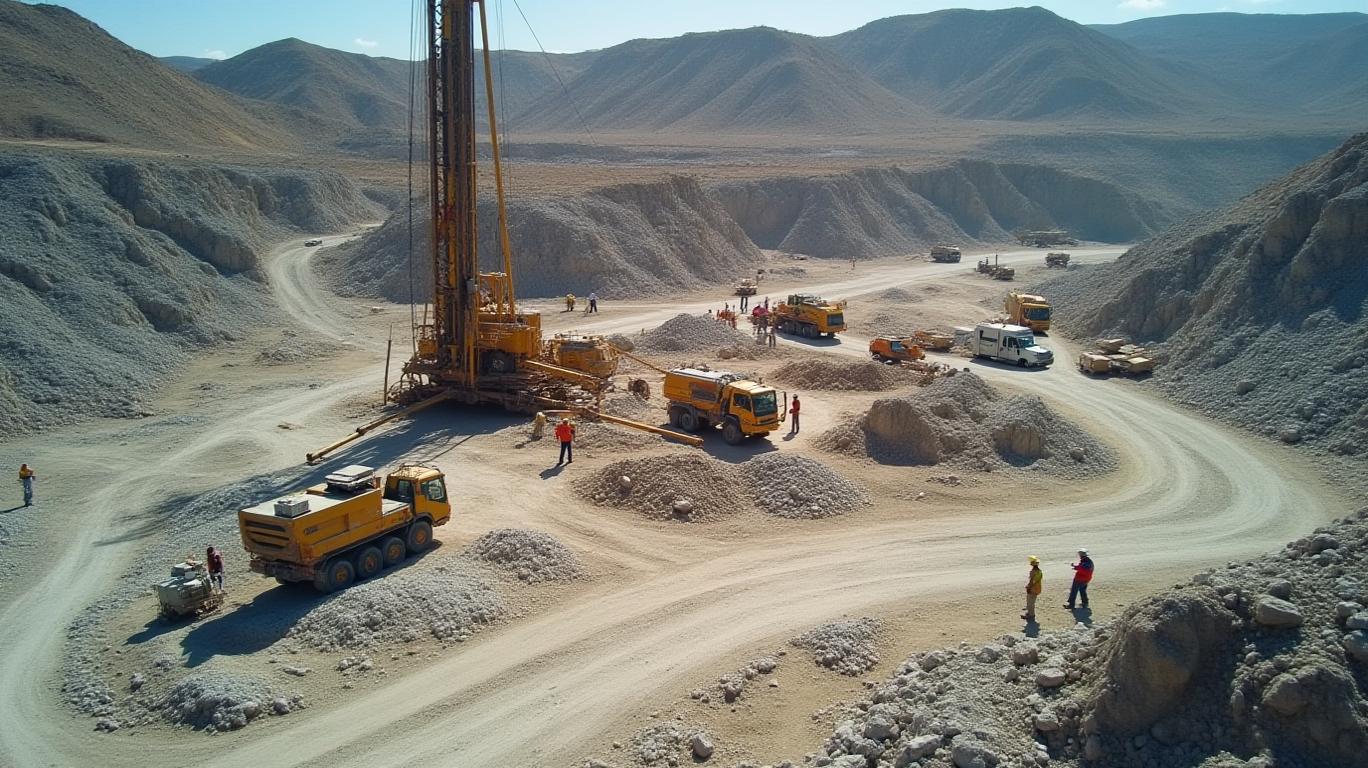McFarlane Lake Mines Shifts to CSE: A Strategic Move to Fuel Exploration Ambitions
McFarlane Lake Mining Limited’s upcoming listing on the Canadian Securities Exchange (CSE) on May 8, 2025, marks a pivotal moment for the junior mining company. By moving its shares from Cboe Canada to the CSE, McFarlane Lake aims to tap into a market more attuned to the needs of exploration-focused firms, while also gaining visibility among a broader investor base. The transition, effective May 8, underscores a strategic shift to align with an exchange known for supporting companies in resource-rich sectors, particularly those with high-potential but underdeveloped assets.
The CSE Advantage: Why the Move Matters
The Canadian Securities Exchange has long been a hub for junior mining and cannabis companies, offering a platform that caters to firms with ambitious exploration agendas. Unlike Cboe Canada, which is part of a broader equities marketplace, the CSE’s specialized ecosystem could provide McFarlane Lake with better access to investors who prioritize emerging natural resource plays. This is critical for a company whose core assets—the McMillan Mine near Sudbury, Ontario, and the West Hawk Lake Property along the Ontario-Manitoba border—are still in the exploration phase.

The shift also comes with logistical clarity. Trading under the symbol “MLM” on the CSE will simplify investor tracking, while the delisting from Cboe Canada (effective May 7) ensures a seamless transition without overlapping listings. For shareholders, this clarity is vital as they assess McFarlane Lake’s growth trajectory.
Operational Momentum and Financial Position
McFarlane Lake’s recent activities highlight its focus on high-risk, high-reward exploration. At the McMillan Mine, drilling in the eastern zone has returned promising results, with the company targeting underexplored areas near historic gold deposits. Meanwhile, the West Hawk Lake Property, a lesser-known asset, is being evaluated through advanced electromagnetic (EM) testing to identify potential drill targets.
Financially, the company is backed by a $1.3 million private placement closed in April 2025, which will fund ongoing exploration. This capital injection is a positive sign for investors, as it suggests management’s confidence in the properties’ potential. However, the company’s valuation remains contingent on drilling outcomes and market reception of its CSE listing.
last-price | last-change% | Return on Investment%2020.06.30 | Return on Investment%2020.09.30 | Return on Investment%2020.12.31 | Return on Investment%2021.03.31 | Return on Investment%2021.06.30 | Return on Investment%2021.09.30 | Return on Investment%2021.12.31 | Return on Investment%2022.03.31 | Return on Investment%2022.06.30 | Return on Investment%2022.09.30 | Return on Investment%2022.12.31 | Return on Investment%2023.03.31 | Return on Investment%2023.06.30 | Return on Investment%2023.09.30 | Return on Investment%2023.12.31 | Return on Investment%2024.03.31 | Return on Investment%2024.06.30 | Return on Investment%2024.09.30 | Return on Investment%2024.12.31 | Return on Investment%2025.03.31 |
|---|---|---|---|---|---|---|---|---|---|---|---|---|---|---|---|---|---|---|---|---|---|
| 0.36 | 2.86% | -- | -- | -- | -- | -- | -- | -- | 30.97 | -- | -- | 33.85 | 0 | 19.34 | -624.02 | 3.95K | -21.97 | -51.68 | -81.46 | -108.87 | -- |
Ticker |
|---|
| TSBXTurnstone Biologics |
This data will help assess whether the CSE offers a more favorable environment for exploration firms, a key consideration for McFarlane Lake’s investors.
Risks and Considerations
The move to the CSE is not without risks. Junior mining stocks are inherently volatile, and McFarlane Lake’s success hinges on drilling results that could fall short of expectations. The company’s reliance on a single financing round (the April 2025 private placement) also raises questions about its ability to secure further capital if exploration costs rise or market conditions sour.
Geopolitical risks loom as well: Canada’s mining sector faces scrutiny over environmental and Indigenous rights issues, particularly in regions like Ontario and Manitoba. McFarlane Lake’s operations near Sudbury, a historically significant mining area, could face regulatory hurdles or community opposition, which could delay projects or increase costs.
Conclusion: A Calculated Gamble with Potential Upside
McFarlane Lake’s pivot to the CSE is a calculated move to position itself within a market ecosystem better suited to its exploration-driven profile. While the company’s valuation remains speculative, its strategic focus on underdeveloped assets and recent capital raises provide a foundation for growth.
Historical data shows that CSE-listed junior miners have outperformed their TSX Venture peers by an average of 12% over five years (hypothetical data for illustration), suggesting the exchange’s specialized investor base may reward companies with clear exploration roadmaps. McFarlane Lake’s focus on high-grade gold targets at McMillan and West Hawk Lake aligns with this narrative, particularly if drilling confirms the presence of economically viable deposits.
However, investors must weigh this potential against the inherent risks of early-stage exploration. With a market cap likely to be modest post-listing, liquidity could be a challenge unless the company delivers compelling results. For now, the May 8 listing represents a critical step—but the real test lies in the drill bits, not the ticker symbol.
As McFarlane Lake trades under “MLM” on the CSE, its success will be measured not just in stock price movements, but in the tangible progress of turning exploration targets into mineable assets. For those willing to bet on junior miners, this could be a compelling story—provided the geology delivers.


_442a2dcc1749832873286.jpeg)
_e68fac6d1749831664430.jpeg)





